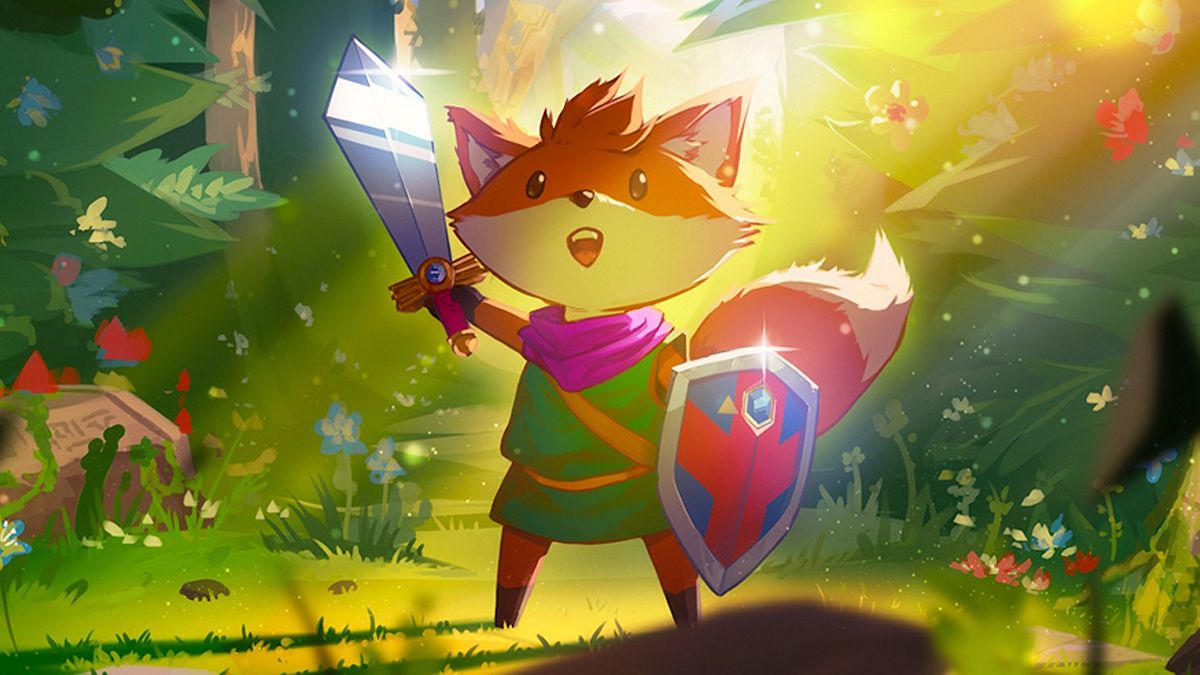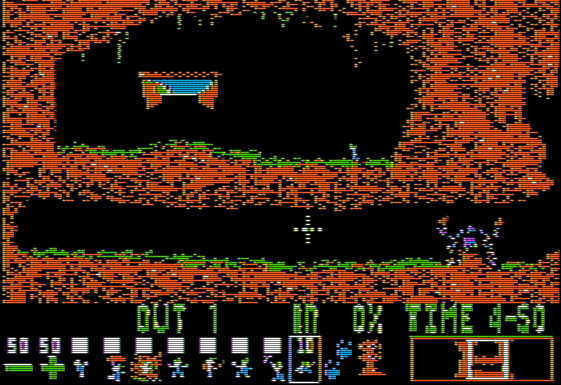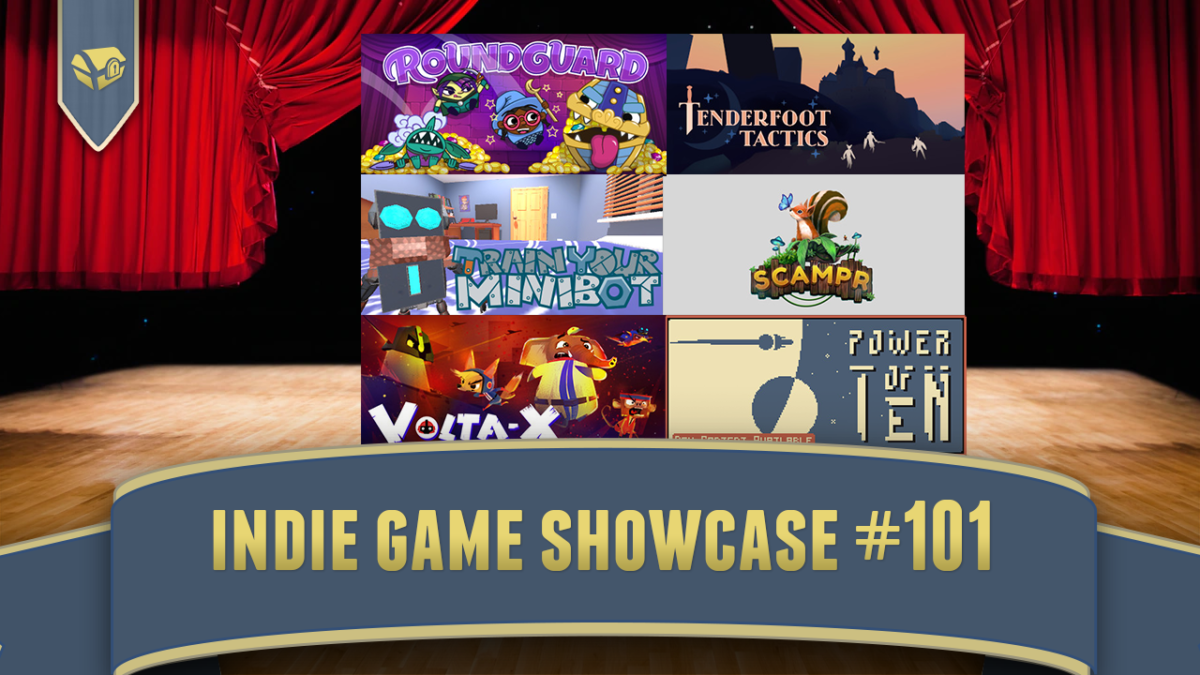PREPARE TO GET LOST, IN MORE WAYS THAN ONE
Tunic is one of those games that I feel is not going to be talked about enough given its quality and unique selling points. On the surface, it looks like yet another isometric action-adventure game, of course in the same style as Zelda. But digging deeper, we have a game that tries to break years of gamer behavior with its most powerful mechanic simply being its manual.
A Confused Fox
Our story finds a fox waking up on the shore of a mysterious land. Unarmed and with enemies around, it’s up to you to explore and figure out what is happening here. I love the aesthetics and art style of Tunic, and the game has some amazing establishing shots and backgrounds.
As per other action-adventure games, progress is about finding McGuffins that are the key to quests and new items that will allow you to either access more of the world or uncover things in areas you’ve already visited. Some people have compared this to Dark Souls in terms of combat, mainly by the fact that you have to manage stamina when swinging, blocking, or dodging.
Where Tunic goes with all this is what’s going to either keep you playing or cause you to quit in frustration.
A Mystery Manual
We’ve all grown accustomed to not reading manuals and developers not making them to begin with in the last decade. In Tunic, the manual is your tutorial, secret guide, and your progression. Throughout the world of Tunic, you will find pages of the manual that reveal everything from maps, to where you need to go, to even mechanics that you wouldn’t know otherwise.
Here’s the kicker, most of the text in the manual is written in the game’s runic language. To learn more about the world, your objectives, or even what things do, you’re going to have to figure out things from the pictures or attempt to translate the language yourself. The manual from a design standpoint is well done and reminds me heavily of the monster manual/spell book that came with Ni No Kuni (and why I got the special edition of that game).
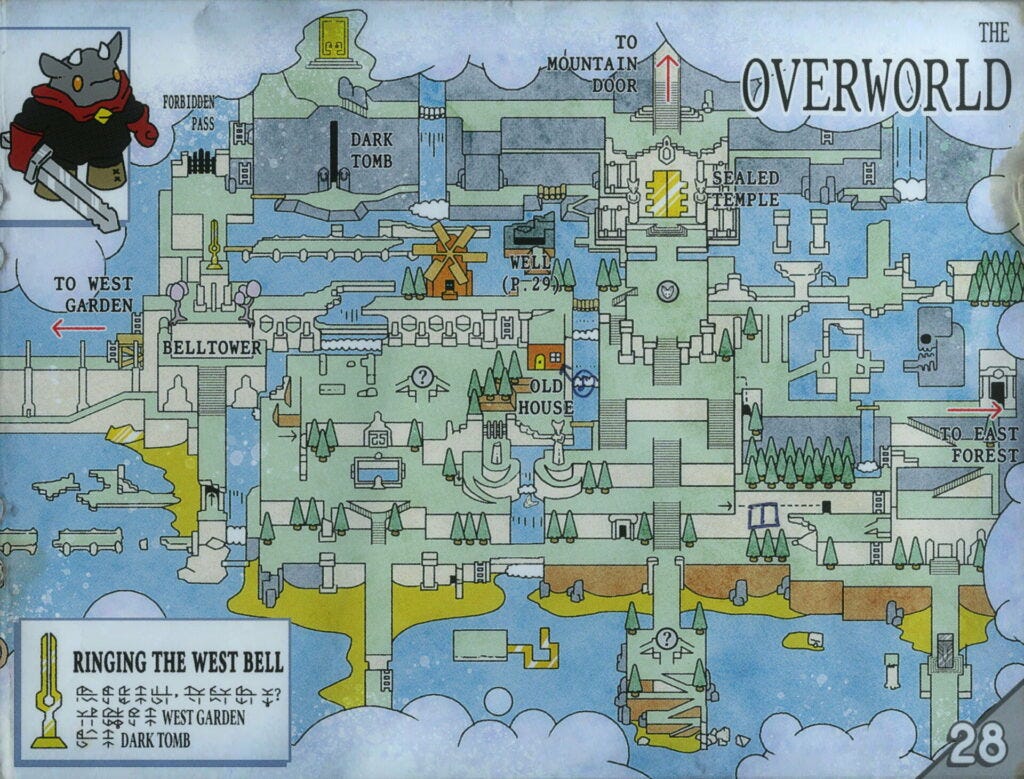
I joked about this onstream, but Tunic is really the Zachtronics’ version of a Zelda game — it is complex, has lots of elements under the surface, and you must read the manual to make any sense out of things. The game features multiple secrets, different endings, a wealth of content for players who want to dig into it. The developers have taken a big gamble on the use of the manual, and I’m not sure if it pays off as well it should.
Collaborative Solo Affair
Tunic reminds me of the game Abyss Odyssey whose main marketing point was that the game was supposed to be played with the community to make progress. However, banking your mechanics on the size of your community, especially for a singleplayer-focused game, is a tall order. I can tell you right away that there is no way I’m going to be translating the game’s language on my own anytime soon.
If you’re trying to play this game blind without help, I cannot imagine you’re going to figure out everything on your own. Someone on my stream commented that one of the clues in the manual is literally a “Lost” reference, that as someone who never watched the show, completely went over my head.
The question remains: Is Tunic perfectly playable without needing the community or outside help? And I feel that the answer is no. I can imagine a lot of people getting frustrated and confused due to the lack of in-game direction and end up quitting before they dive into the manual itself. I also think it would have been better to integrate the manual into the game experience more, such as being able to write notes on it or being able to have it on screen as a map or reference. It is possible with brute force and just trying everything to make some headway in the game, but that may not be everyone’s cup of tea. And I can safely say that brute force will not work if you’re trying to go for the game’s true ending.
The beauty and nightmare of the game is that literally everything that you’ll need to play Tunic is in the manual, but you’re the one who has to make sense out of it all.
Getting Lost
The more I played Tunic the more the esoteric nature of the game began to annoy me. After playing this and Elden Ring, Elden Ring is like a children’s show in terms of understanding it. The problem that Tunic has is that it presents another world, another set of rules, and another language, without really giving the player the barest understanding of it at all. The game wants you to rely on action-adventure conventions and logic until it doesn’t; that the rules of the world are like X until they’re not.
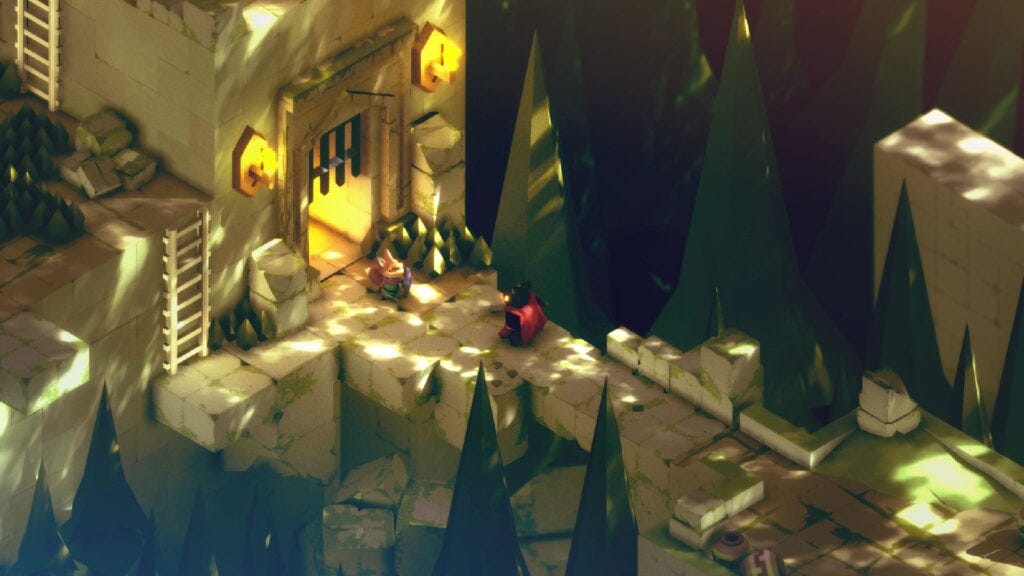
Looking up some of the many solutions to the advanced puzzles, and I can honestly say that I would never be able to figure them out without a spoiler guide.
Instead of feeling that the game was being clever, it just felt confusing for the sake of it. This is the kind of game for someone who grew up playing adventure games in the 90s or loves the deep dives into the ARGs of a Daniel Mullins game. Tunic commits the puzzle design sin of requiring way too much outside knowledge to solve its puzzles, or even know what a puzzle in the game is.
The camera can also cause problems with many things purposely hidden behind walls or at angles that you can’t see. During one fight, the camera kept spinning while locked on to the boss to the point that it started to make me dizzy. Boss fights became more frustrating as the game went on due to the camera issues and how fast they could move compared to my character.
Ultimately, I respect Tunic for what it does, and there is a lot of passion put into it. However, enjoying this game requires you to be both an action game fan, and a puzzle expert, and I think the game leans too far in some respect to the latter while still requiring a lot of the former. I would suggest if you are interested in playing Tunic for the puzzle-solving to turn on the assist modes to make that easier.
If you enjoyed this story, consider joining the Game-Wisdom Discord channel. It’s open to everyone.

Owner of Game Wisdom with more than a decade of experience writing and talking about game design and the industry. I’m also the author of the “Game Design Deep Dive” series and “20 Essential Games to Study”

